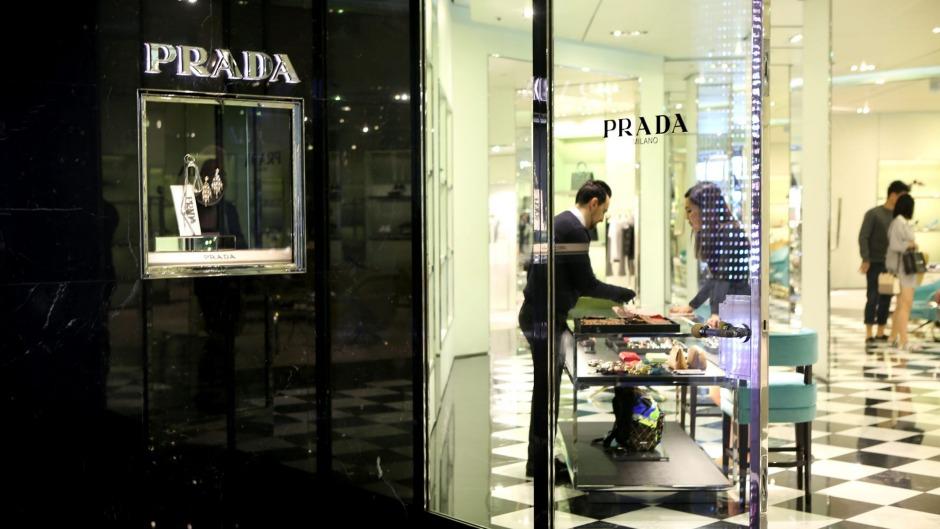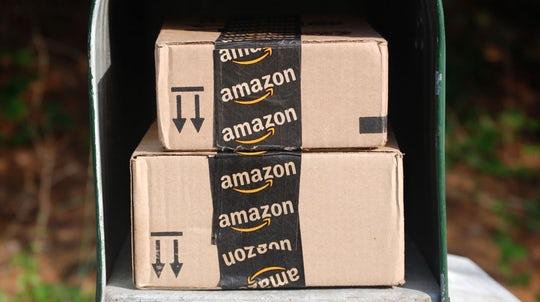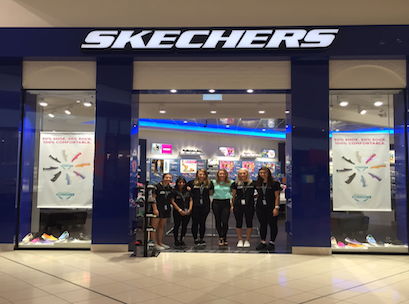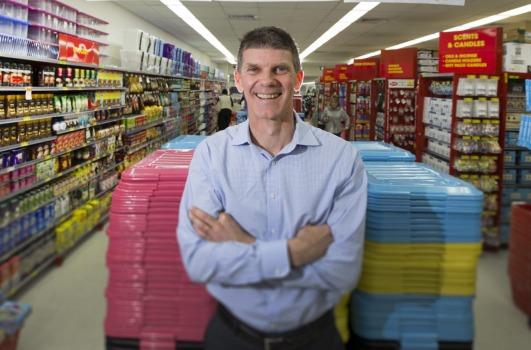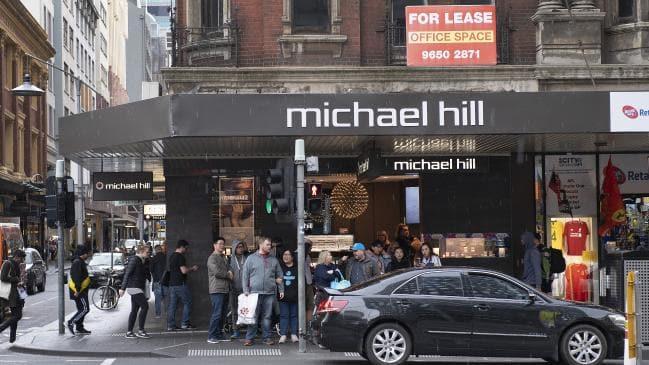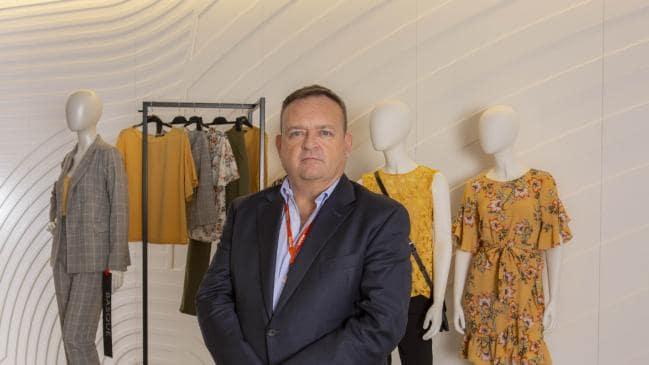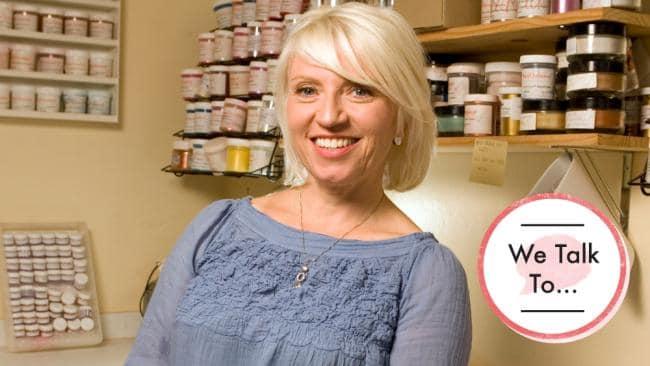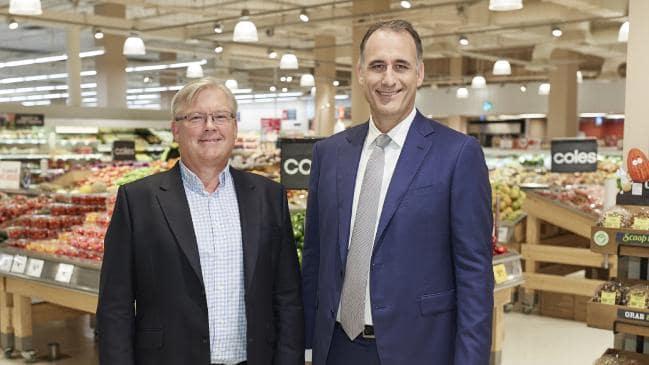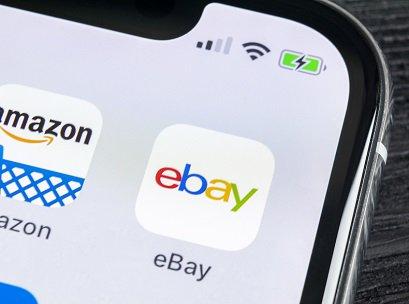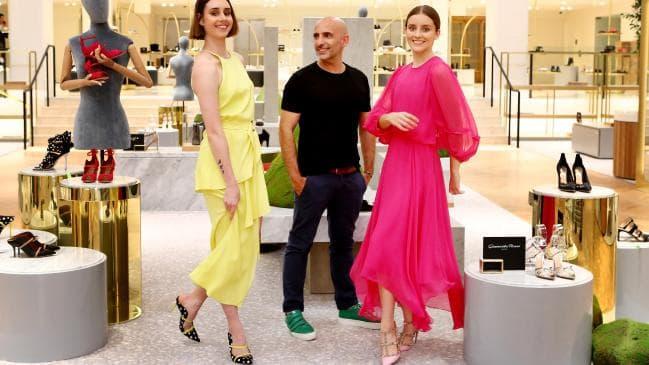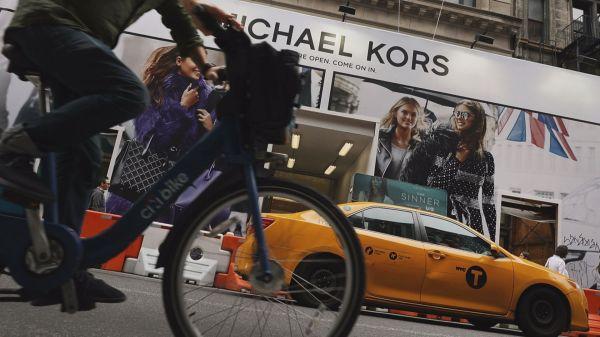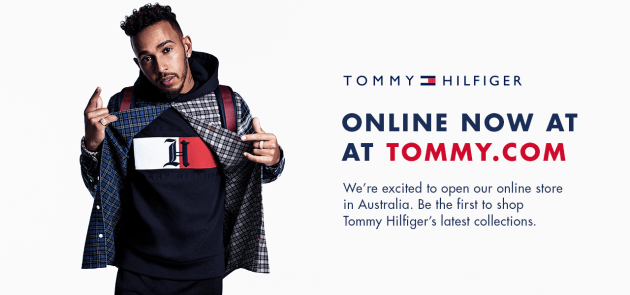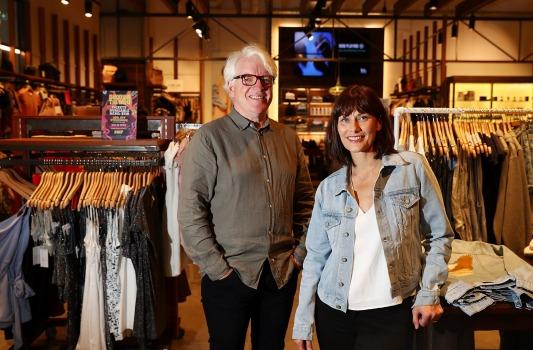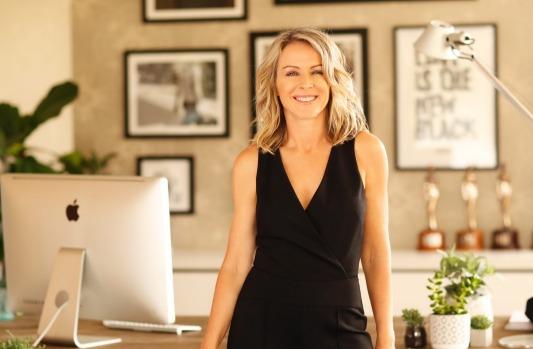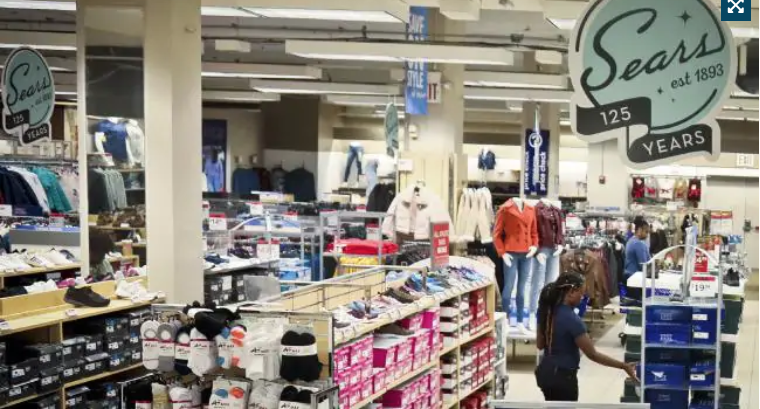
Sears Holdings is preparing to file for chapter 11 protection, a reckoning that would crystallise years of losses at the once iconic company.
Sears over the weekend reached a deal with lenders that would allow the troubled retailer to keep hundreds of its stores open through the holidays, according people familiar with the matter. That setup was expected today to be part of the filing.
The longer-term question is whether a smaller Sears ultimately emerges from chapter 11 protection or whether a bankruptcy case eventually leads to a liquidation or a sale and a final end to the storied department-store chain.
As part of the deal, Sears is expected to close at least 150 stores immediately after seeking bankruptcy protection, the people said. Meanwhile, an additional 250 stores will be under evaluation.
Currently, the company operates roughly 700 Sears and Kmart stores, according to one of the people.
Edward Lampert, chief executive officer of Sears, who has controlled the company through his hedge fund ESL Investments, believes the company can reorganise around roughly 300 of the most profitable stores, the person said, adding that it is possible even those stores will eventually be sold.
The plan that Sears and its lenders scratched out over the past week isn’t unfamiliar. Dozens of retailers have sought chapter 11 protection in recent years, because of the consumer shift to online shopping, expensive store leases and heavy debt burdens.
Retailers such as Claire’s Stores, Bon-Ton Stores, Payless ShoeSource, and Gymboree have all sought chapter 11 protection with early plans to close stores. Gymboree and Payless emerged from bankruptcy protection still operating, with a smaller footprint.
Others haven’t been as fortunate. Toys “R” Us and Bon-Ton Stores each sought chapter 11 protection with the hope of surviving. Bon-Ton, which operated more than 250 stores under banners including Carson’s, Bergner’s and Elder-Beerman, looked for an owner or investor that would keep the chain alive, but fell short and was sold to a small group of bondholders and pair of liquidators that closed the entire chain.
Toys “R” Us sought chapter 11 protection last September, and although it didn’t have a reorganisation plan or prospect to sell the chain, its management still hoped to survive the filing. Following a disastrous holiday season, though, it was ultimately decided to liquidate the more than 800 big-box toy stores in the US, and sell or liquidate its international businesses.
Sears’s lawyers and advisers were poised to file a so-called voluntary petition under chapter 11 today (AEDT) in the US Bankruptcy Court in White Plains, New York, said people familiar with the matter, formally beginning the restructuring process under court supervision. A late-night (local time) filing would likely put the company’s lawyers in front of a bankruptcy judge tonight (AEDT) at the earliest.
When a company seeks bankruptcy protection, it must receive a judge’s approval to cut any checks or make most decisions regarding its path forward, including paying its employees, its utility bills and other standard operations procedures. In addition, the company likely will seek immediate approval to begin using a bankruptcy loan, which will be used to make these payments and keep some stores operating.
Sears employs about 70,000 people, one of the people said.
The deal is expected to be presented to the judge following days of marathon negotiations between the pioneering American retailer and its bank lenders, Bank of America, Wells Fargo & Co, and Citigroup Inc. The banks are leading the provision of a so-called debtor-in-possession loan of between roughly $US500 million and $US600 million, which would be used to keep some of its stores open for the foreseeable future, according to people familiar with the situation.
The negotiations took place at the Manhattan offices of Sears’s law firm, Weil, Gotshal & Manges, according to a person familiar with the matter. Dozens of lawyers, advisers and bankers were present throughout the course of the negotiations that began Wednesday evening and stretched into the weekend.
The Wall Street Journal first reported last Tuesday that the 125-year-old chain hired M-III Partners, a boutique advisory firm, to prepare a bankruptcy filing.
The banks are the principal lenders on a $US1.5 billion asset-backed credit line, secured by store inventory as well as credit-card and pharmacy receivables. Much of that credit line has been drawn down, leaving the retailer desperate for cash as the holidays approached and a Monday loan repayment deadline loomed.
While Sears’s lawyers and advisers scrambled to reach an agreement with the banks in the past week, the retailer rebuffed offers of a lifeline from other investors earlier this year, according to people familiar with the matter.
Investors who owned the term loans backed by the same collateral as the banks made approaches as early as last year to discuss a potential debt restructuring or refinancing that would buy Sears more time, people familiar with the matter said. The company consistently said through its legal advisers there was “nothing to discuss,” according to one person involved in the talks.
The term-loan lenders were gradually paid off this year, receiving $US95 million in August alone, according to filings with the Securities and Exchange Commission. The repayments puzzled lenders, given the company’s looming debt obligations, scarce liquidity and negative cash flow, the person said.
Sears’s assets, including the Kenmore appliance brand and the Sears Auto Centers, could also be a part of bankruptcy-run sale, one person said.
One potential bidder could be Mr Lampert, the person said. The CEO who has controlled Sears for more than a decade has repeatedly bailed out the retailer with short-term loans, but baulked at providing another lifeline ahead of tonight”s (AEDT) deadline for Sears to repay $134 million in loans.
Mr Lampert, also the largest shareholder and biggest creditor, previously offered to buy Kenmore for $US400 million in August, but the deal never received the blessing of a special committee of Sears’s independent directors.
